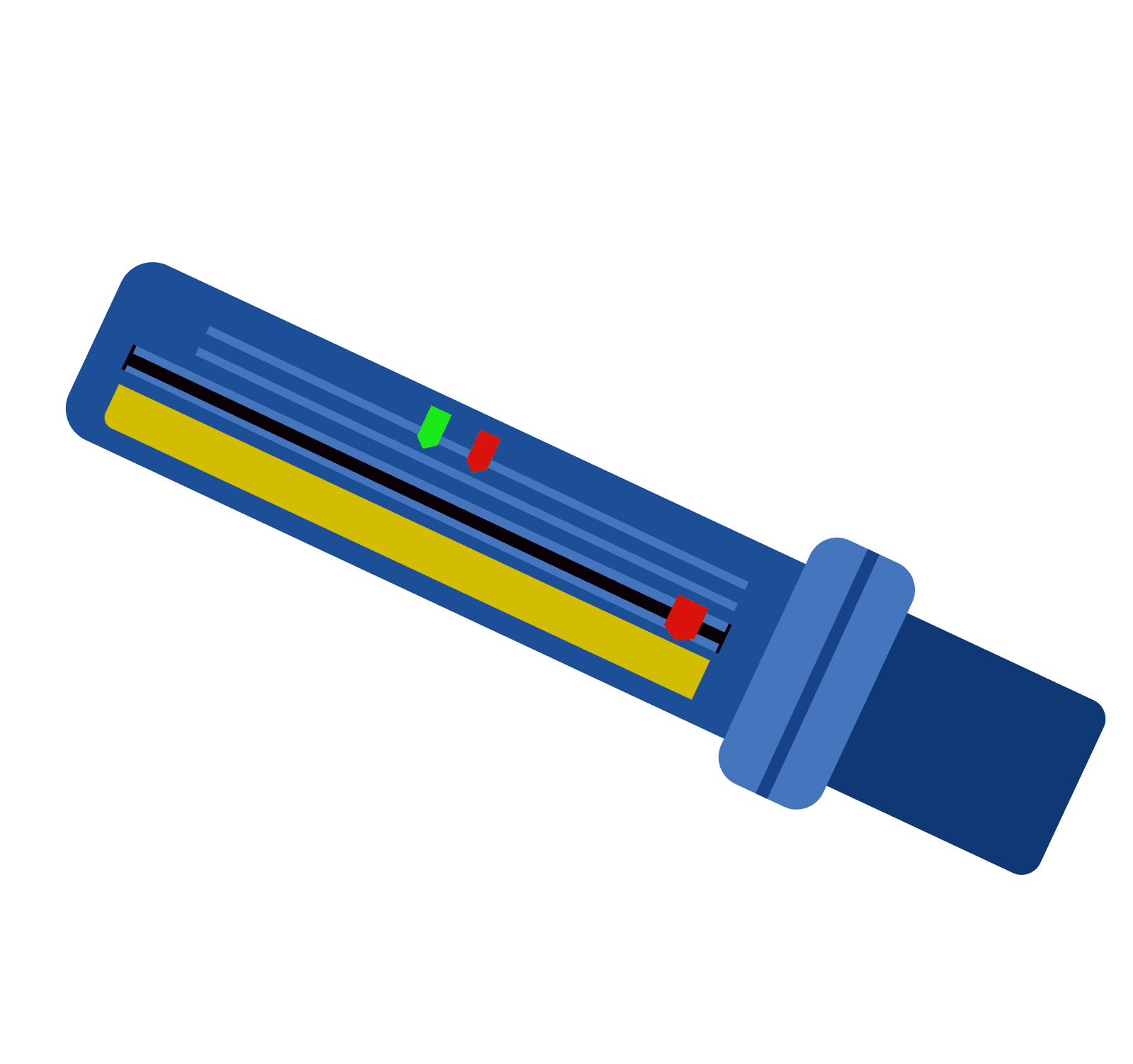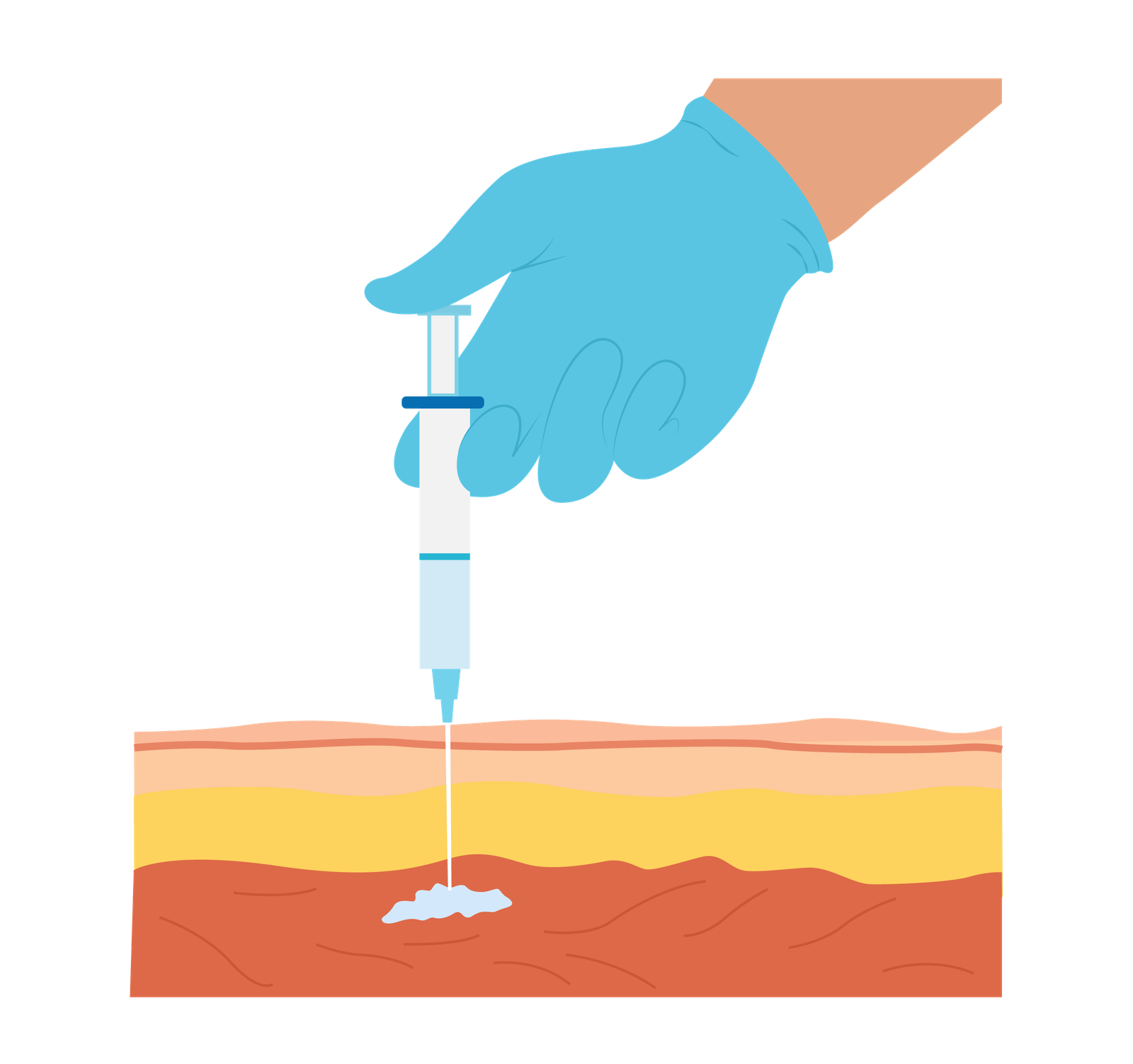Pelvic Binder
Introduction
Prehospital pelvic binders play a crucial role by providing rapid and effective stabilization for individuals with suspected pelvic fractures. These injuries can result from high-impact accidents, falls, or trauma, often leading to significant internal bleeding and potential life-threatening complications. Pelvic binders are designed to immobilize the pelvic region, minimizing movement, and preventing further injury, thereby reducing the risk of haemorrhage, and improving overall patient outcomes.
There are several methods that may be utilised to reduce pelvic fractures, including wrapping sheets around pelvis, a belt, or compression devices such as the T-POD. These methods allow clot formation by stabilising the pelvic fracture.
Pelvic binders aim to reduce and stabilise pelvic fractures. In addition, pelvic binders can:
- Prevent re-injury from pelvic motion.
- Decrease pain
- Decrease pelvic volume
- Control bleeding
Indication
Pelvic binders can be applied to address a range of indication related to suspected pelvic fractures.
Suspected Pelvic Fractures
Pelvic binders are commonly employed when there is a strong suspicion or clinical evidence of pelvic fractures resulting from traumatic incidents such as motor vehicle accidents, falls from heights, or industrial mishaps. These fractures can be unstable and pose a risk of internal bleeding and organ damage.
Blunt Trauma
In cases of significant blunt trauma to the pelvis, there is a risk of fracture and disruption of the pelvic ring. Pelvic binders are applied as a precautionary measure to stabilize the pelvic region and prevent further movement, reducing the likelihood of exacerbating any underlying injuries.
Hemodynamic Instability
Pelvic fractures can lead to internal bleeding and hemodynamic instability, where the patient’s blood pressure drops significantly due to blood loss. Pelvic binders can help minimize bleeding by stabilizing the fracture sites and reducing the space available for blood to accumulate.
It’s important to note that the decision to apply a pelvic binder should be based on clinical judgment, physical examination, and the mechanism of injury.
Pre-hospital diagnosis of a pelvic fracture can be extremely difficult. Guidance from NICE and Royal College of Surgeons of Edinburgh suggest following this flowchart as an aid to decide if a pelvic binder is needed.
NICE Guidance – 1.5.3
If active bleeding is suspected from a pelvic fracture after blunt high-energy trauma:
- apply a purpose-made pelvic binder
- consider an improvised pelvic binder, but only if a purpose-made binder is not available or does not fit.
Royal College Of Surgeons Of Edinburgh

Types Of Binders
SAM Sling
This sling consists of a wide, adjustable belt that can be quickly applied around the pelvis, helping to compress and immobilize the pelvic region.

T-Pod
This device features a T-shaped structure that is placed underneath the patient, with the stem of the T aligned along the spine and the arms of the T extending laterally across the pelvis.

General Application
Place the patient in a supine position on a firm surface. Expose patient’s pelvis and straighten both legs.
Apply the splint directly to the patient’s skin at the level of the greater trochanter.
Apply tension to splint and ensure tight and secure around pelvis.

SAM Sling Application
Place SAM Pelvic Sling II black side up beneath patient at level of trochanters (hips).
Place the BLACK STRAP through buckle and pull completely through.
Hold ORANGE STRAP and pull BLACK STRAP in opposite direction until you hear and feel the buckle click. Maintain tension and immediately press BLACK STRAP onto surface of SAM Pelvic Sling II to secure.

T-POD Application
Slide Belt under supine patient and into position under the pelvis.
Trim the Belt, leaving a 6-8” gap over the centre of the pelvis.
Apply Velcro-backed Mechanical Advantage Pulley System to each side of the trimmed Belt.
Slowly draw tension on the Pull Tab, creating simultaneous, circumferential compression.
Secure the Velcro-backed Pull Tab to the Belt.

Monitoring / Removal
Record the date and time of the application of the pelvic binder.
Continuous monitoring to assess haemodynamic stability is important.
Circumferential compression should be released every 12 hours to check for skin integrity and provide wound care, as necessary.
A pelvic binder can be removed if:
- there is no pelvic fracture, or
- a pelvic fracture is identified as mechanically stable, or
- the binder is not controlling the mechanical stability of the fracture, or
- there is not further bleeding and coagulation is normal.
Key Points
- Ensure the pelvic binder is placed over greater trochanters otherwise the binder is ineffective.
- Place binder directly to skin and avoid unnecessary movements. Do Not spring the pelvis on assessment and Do Not Log Roll.
- If Unsure if application of pelvic binder is indicated – APPLY IT.
Bibliography
RCEM Learning. (2022, November 28). Pelvic Management. RCEMLearning. https://www.rcemlearning.co.uk/pelvic-management
SAM Medical. (2021). PS-IS-EN-2 (English).pdf | Powered by Box. SAM Medical. https://sammedical.app.box.com/s/02s9rjylg9momg0knkzx56ii0kl30hcm
Scott, I., Porter, K., Laird, C., Bloch, M., & Greaves, I. (2013). The Pre-hospital Management of Pelvic Fractures: Initial Consensus Statement. https://fphc.rcsed.ac.uk/media/1765/the-pre-hospital-management-of-pelvic-fractures.pdf
Introduction
Prehospital pelvic binders play a crucial role by providing rapid and effective stabilization for individuals with suspected pelvic fractures. These injuries can result from high-impact accidents, falls, or trauma, often leading to significant internal bleeding and potential life-threatening complications. Pelvic binders are designed to immobilize the pelvic region, minimizing movement, and preventing further injury, thereby reducing the risk of haemorrhage, and improving overall patient outcomes.
There are several methods that may be utilised to reduce pelvic fractures, including wrapping sheets around pelvis, a belt, or compression devices such as the T-POD. These methods allow clot formation by stabilising the pelvic fracture.
Pelvic binders aim to reduce and stabilise pelvic fractures. In addition, pelvic binders can:
- Prevent re-injury from pelvic motion.
- Decrease pain
- Decrease pelvic volume
- Control bleeding
Indication
Pelvic binders can be applied to address a range of indication related to suspected pelvic fractures.
Suspected Pelvic Fractures
Pelvic binders are commonly employed when there is a strong suspicion or clinical evidence of pelvic fractures resulting from traumatic incidents such as motor vehicle accidents, falls from heights, or industrial mishaps. These fractures can be unstable and pose a risk of internal bleeding and organ damage.
Blunt Trauma
In cases of significant blunt trauma to the pelvis, there is a risk of fracture and disruption of the pelvic ring. Pelvic binders are applied as a precautionary measure to stabilize the pelvic region and prevent further movement, reducing the likelihood of exacerbating any underlying injuries.
Hemodynamic Instability
Pelvic fractures can lead to internal bleeding and hemodynamic instability, where the patient’s blood pressure drops significantly due to blood loss. Pelvic binders can help minimize bleeding by stabilizing the fracture sites and reducing the space available for blood to accumulate.
It’s important to note that the decision to apply a pelvic binder should be based on clinical judgment, physical examination, and the mechanism of injury.
Pre-hospital diagnosis of a pelvic fracture can be extremely difficult. Guidance from NICE and Royal College of Surgeons of Edinburgh suggest following this flowchart as an aid to decide if a pelvic binder is needed.
NICE Guidance – 1.5.3
If active bleeding is suspected from a pelvic fracture after blunt high-energy trauma:
- apply a purpose-made pelvic binder
- consider an improvised pelvic binder, but only if a purpose-made binder is not available or does not fit.
Royal College Of Surgeons Of Edinburgh

Types Of Binders
SAM Sling
This sling consists of a wide, adjustable belt that can be quickly applied around the pelvis, helping to compress and immobilize the pelvic region.

T-Pod
This device features a T-shaped structure that is placed underneath the patient, with the stem of the T aligned along the spine and the arms of the T extending laterally across the pelvis.

General Application
Place the patient in a supine position on a firm surface. Expose patient’s pelvis and straighten both legs.
Apply the splint directly to the patient’s skin at the level of the greater trochanter.
Apply tension to splint and ensure tight and secure around pelvis.

SAM Sling Application
There are multiple benefits in inserting an OPA other other airway adjuncts.
Place SAM Pelvic Sling II black side up beneath patient at level of trochanters (hips).
Place the BLACK STRAP through buckle and pull completely through.
Hold ORANGE STRAP and pull BLACK STRAP in opposite direction until you hear and feel the buckle click. Maintain tension and immediately press BLACK STRAP onto surface of SAM Pelvic Sling II to secure.

T-POD Application
Slide Belt under supine patient and into position under the pelvis.
Trim the Belt, leaving a 6-8” gap over the centre of the pelvis.
Apply Velcro-backed Mechanical Advantage Pulley System to each side of the trimmed Belt.
Slowly draw tension on the Pull Tab, creating simultaneous, circumferential compression.
Secure the Velcro-backed Pull Tab to the Belt.

Monitoring / Removal
Record the date and time of the application of the pelvic binder.
Continuous monitoring to assess haemodynamic stability is important.
Circumferential compression should be released every 12 hours to check for skin integrity and provide wound care, as necessary.
A pelvic binder can be removed if:
- there is no pelvic fracture, or
- a pelvic fracture is identified as mechanically stable, or
- the binder is not controlling the mechanical stability of the fracture, or
- there is not further bleeding and coagulation is normal.
Key Points
- Ensure the pelvic binder is placed over greater trochanters otherwise the binder is ineffective.
- Place binder directly to skin and avoid unnecessary movements. Do Not spring the pelvis on assessment and Do Not Log Roll.
- If Unsure if application of pelvic binder is indicated – APPLY IT.
Bibliography
RCEM Learning. (2022, November 28). Pelvic Management. RCEMLearning. https://www.rcemlearning.co.uk/pelvic-management
SAM Medical. (2021). PS-IS-EN-2 (English).pdf | Powered by Box. SAM Medical. https://sammedical.app.box.com/s/02s9rjylg9momg0knkzx56ii0kl30hcm
Scott, I., Porter, K., Laird, C., Bloch, M., & Greaves, I. (2013). The Pre-hospital Management of Pelvic Fractures: Initial Consensus Statement. https://fphc.rcsed.ac.uk/media/1765/the-pre-hospital-management-of-pelvic-fractures.pdf






